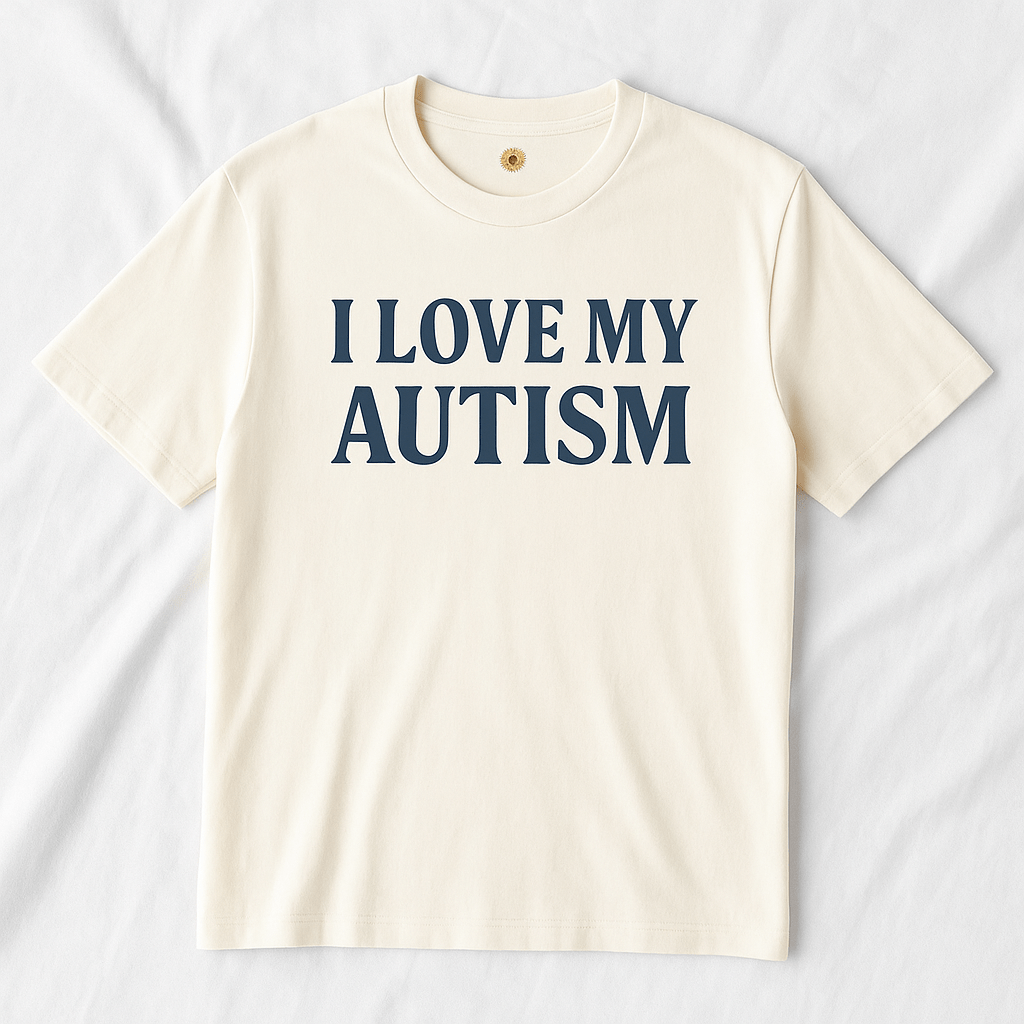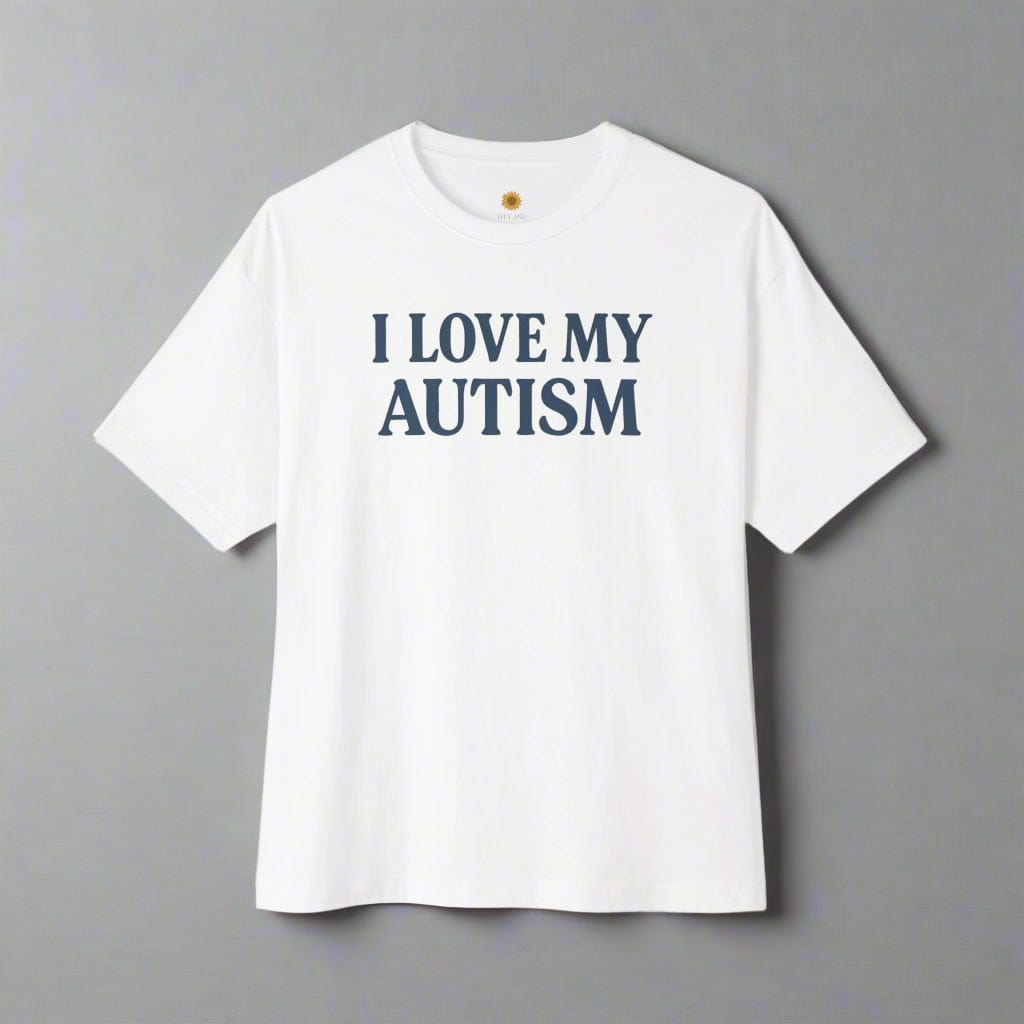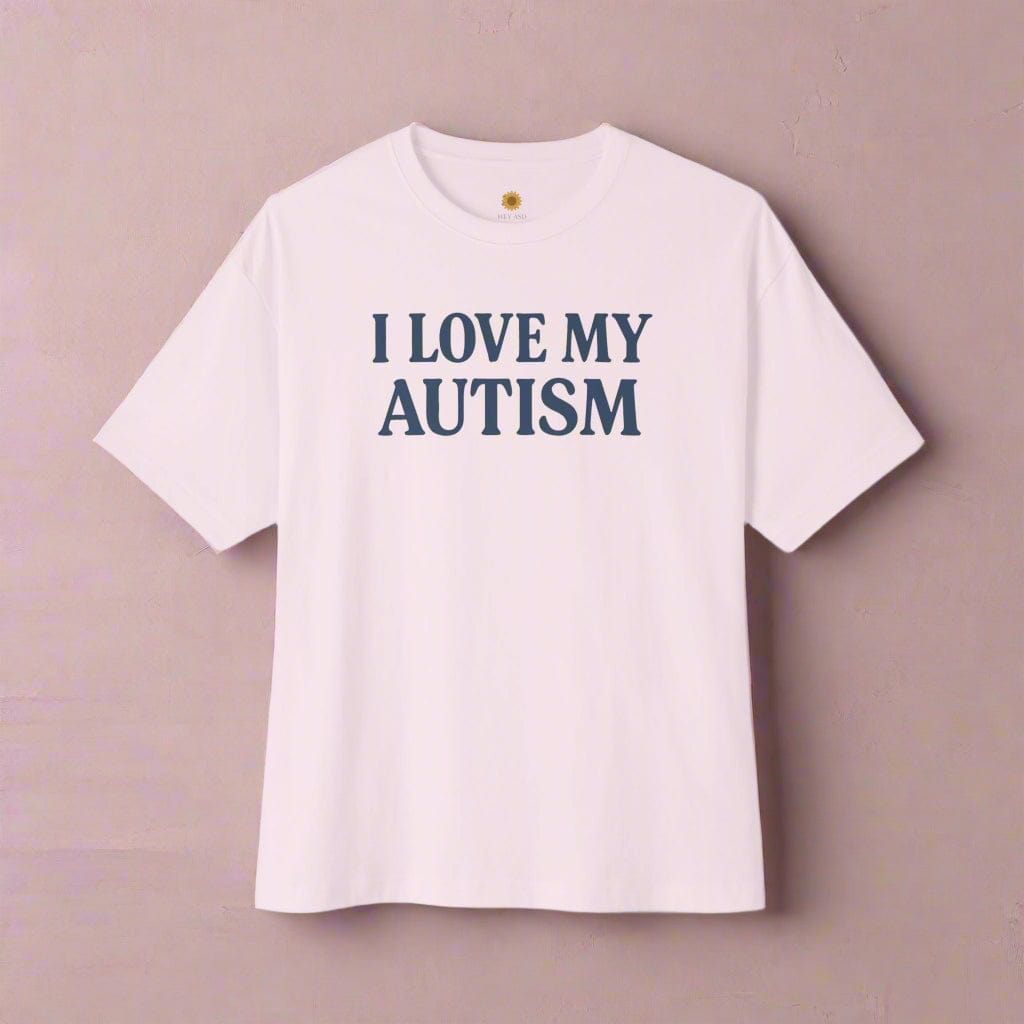Mindfulness in Autism: Cultivating Inner Peace & Emotional Well-being

Written by the HeyASD Editorial Team
Do you ever feel like your mind is running a marathon, leaving you gasping for peace? Imagine living in a world that's constantly overwhelming, filled with sensory bombardments. For many people with autism, this is their reality.
But, what if there was a way to help navigate this overwhelming world? This is where mindfulness comes into play.
Living with autism spectrum disorder (ASD) can present unique challenges for individuals and their families. The condition is characterized by difficulties in social interaction, communication, and repetitive behaviors. However, mindfulness—a practice that involves focusing attention on the present moment with acceptance and non-judgment—has shown promising benefits for individuals with autism. In this article, we explore the concept of mindfulness in the context of autism and delve into its potential to cultivate inner peace, emotional well-being, and improved quality of life.

Understanding Autism Spectrum Disorder
Autism spectrum disorder is a neurodevelopmental condition that affects individuals differently. It is a complex disorder with a wide range of symptoms and challenges. People with autism may experience sensory sensitivities, difficulties in understanding social cues, and challenges in managing emotions. The condition can significantly impact their overall well-being and ability to navigate daily life.
Benefits of Mindfulness for Individuals with Autism
Mindfulness practices have gained recognition for their potential to improve mental health and well-being. For individuals with autism, mindfulness offers a range of benefits that can positively impact their lives. Some of the key advantages include:
How Mindfulness Helps Manage Sensory Overload
Individuals with autism often face sensory overload due to heightened sensitivities to certain stimuli. Mindfulness techniques, such as deep breathing and body scans, can help regulate sensory input, reduce anxiety, and restore a sense of calm.
Cultivating Emotional Regulation through Mindfulness
Emotional regulation is a crucial skill for individuals with autism. Mindfulness practices provide tools for recognizing and managing emotions effectively. By developing emotional awareness and acceptance, individuals with autism can better navigate challenging situations and regulate their emotional responses.
Enhancing Social Skills and Communication
Social interaction can be challenging for individuals with autism. Mindfulness fosters present-moment awareness, which can improve social skills and facilitate more meaningful connections with others. By practicing mindfulness, individuals with autism can enhance their communication abilities, empathy, and understanding of social cues.
Developing Self-Awareness and Self-acceptance
Mindfulness encourages self-reflection and self-acceptance, promoting a positive sense of self for individuals with autism. By cultivating self-awareness, individuals can better understand their strengths, limitations, and unique qualities. This increased self-acceptance can lead to improved self-esteem and overall well-being.

Incorporating Mindfulness into Daily Routines
Incorporating mindfulness into daily routines can be beneficial for individuals with autism. By integrating mindfulness practices into their everyday lives, individuals can experience long-term benefits. Some practical ways to incorporate mindfulness include:
Mindful Breathing Exercises
Simple breathing exercises, such as deep belly breathing, can help individuals with autism regulate their emotions and reduce anxiety. Encouraging slow, intentional breaths can create a sense of calm and promote relaxation.
Mindful Body Scans
Body scans involve directing attention to different parts of the body, noticing physical sensations, and fostering a mind-body connection. This practice can help individuals with autism become more attuned to their bodies and develop a sense of grounding.
Mindful Movement
Engaging in mindful movement activities, such as yoga or tai chi, can promote body awareness, balance, and relaxation. These practices offer individuals with autism an opportunity to connect with their bodies and improve physical coordination.
Mindfulness Techniques for Children with Autism
Children with autism can benefit greatly from mindfulness techniques tailored to their developmental needs. Some effective techniques include:
Visualizations and Guided Imagery
Using visualizations and guided imagery can help children with autism focus their attention, reduce stress, and enhance creativity. Guided imagery scripts can be used to create calming and enjoyable experiences for children.
Mindful Sensory Activities
Engaging in sensory activities with a mindful approach can help children with autism explore and regulate their senses. Activities such as sensory bins, tactile play, or sensory walks can provide opportunities for sensory exploration and relaxation.
Mindful Listening
Practicing mindful listening activities, such as listening to nature sounds or guided meditations, can help children with autism develop auditory attention, focus, and concentration skills. This can support their overall cognitive development and emotional well-being.

Mindfulness Programs and Interventions
Numerous mindfulness programs and interventions have been developed specifically for individuals with autism. These programs often combine mindfulness practices with elements of cognitive-behavioral therapy (CBT) and social-emotional learning. Some well-known mindfulness programs for autism include:
Mindfulness-Based Stress Reduction (MBSR)
MBSR is a structured mindfulness program that has been adapted for individuals with autism. It incorporates various mindfulness techniques, including body scans, breathing exercises, and meditation, to reduce stress and enhance overall well-being.
Mindfulness-Based Cognitive Therapy (MBCT)
MBCT combines mindfulness practices with cognitive therapy principles. It aims to help individuals with autism identify and change negative thought patterns, reduce rumination, and cultivate more positive and adaptive thinking.
Mindfulness-Based Interventions for Parents
Mindfulness programs for parents of children with autism can help them manage stress, develop self-compassion, and enhance their ability to support their child's well-being. These programs often focus on building resilience, reducing parental burnout, and improving communication within the family.
Mindfulness and Parental Support
Parents play a vital role in supporting their child's mindfulness practice. By practicing mindfulness themselves, parents can model healthy coping strategies, emotional regulation, and self-care. Parental support and involvement can significantly enhance the benefits of mindfulness for children with autism.
Overcoming Challenges in Practicing Mindfulness with Autism
While mindfulness can be highly beneficial for individuals with autism, certain challenges may arise. Sensory sensitivities, difficulties with attention and focus, and resistance to change are some common obstacles. However, with tailored approaches, patience, and flexibility, these challenges can be addressed effectively.
Mindfulness and the Autism Community
The use of mindfulness within the autism community has been growing steadily. Mindfulness-based interventions are being implemented in schools, therapy settings, and community programs to support individuals with autism. The growing acceptance and understanding of mindfulness as a valuable tool for enhancing well-being have contributed to its integration into autism support networks.
The Future of Mindfulness and Autism Research
As the field of mindfulness and autism research continues to evolve, ongoing studies aim to further explore its benefits and potential applications. Researchers are investigating the long-term effects of mindfulness interventions, the impact on specific symptoms of autism, and the optimal ways to integrate mindfulness into existing therapies.
Join Hundreds of Autistic Adults Feeling
More Comfort in Their Own Skin
Use code WELCOME10 for 10% off your first order.
Start Your Comfort JourneyConclusion
Mindfulness offers individuals with autism an opportunity to cultivate inner peace, emotional well-being, and improved quality of life. By incorporating mindfulness into daily routines, individuals can develop skills for managing sensory overload, regulating emotions, enhancing social skills, and fostering self-awareness. Mindfulness programs and interventions tailored to the needs of individuals with autism provide structured support and guidance. As mindfulness becomes more integrated into the autism community, it holds the promise of empowering individuals with autism to navigate their unique challenges with greater ease and resilience.
FAQs (Frequently Asked Questions)
1. Can mindfulness cure autism? No, mindfulness cannot cure autism. However, it can help individuals with autism manage their symptoms, improve their well-being, and develop essential skills for daily life.
2. Is mindfulness suitable for all individuals with autism? Mindfulness can be beneficial for many individuals with autism. However, it is important to consider individual differences and tailor mindfulness practices to suit each person's specific needs and abilities.
3. How long does it take to see the effects of mindfulness practice for autism? The effects of mindfulness practice can vary from person to person. Some individuals may experience benefits relatively quickly, while others may require more time and consistent practice to notice significant changes.
4. Can parents practice mindfulness with their child with autism? Absolutely! Parents can engage in mindfulness practices alongside their child with autism. This can create a supportive and connected environment while modeling positive coping strategies.
5. Are there any potential risks associated with mindfulness practice for individuals with autism? While mindfulness is generally safe, it is important to approach it with guidance and adapt it to the individual's needs. Some individuals with autism may find certain sensory aspects of mindfulness challenging, so it's essential to consider and respect their unique sensitivities and preferences.
On This Page
Frequently asked questions
How can mindfulness practices help with sensory overload in autism?
What are some simple mindfulness exercises suitable for children with autism?
How does mindfulness support emotional regulation for autistic individuals?
What autism support strategies include mindfulness to improve social skills?
Are there sensory-friendly products, like calming blankets or Autism-themed decor, that can complement mindfulness practices?
How can parents incorporate mindfulness programs for autism into their family routines?
What challenges might someone with autism face when starting mindfulness, and how can they be gently overcome?
How do mindfulness programs for autism differ from general mindfulness courses?
Can wearing autism-awareness t-shirts or using sensory tools help reinforce mindfulness and emotional well-being?

About the HeyASD Editorial Team
Autistic‑owned • Values‑led • Sensory‑friendly design
We are autistic creators, writers, and advocates dedicated to producing resources that are practical, sensory-aware, and grounded in lived experience. Our mission is to make information and products that support the autistic community accessible to everyone, without jargon or condescension. Learn more about our team.
This article is written from lived autistic experience and an evidence-aware perspective. It is for general informational purposes only and should not be taken as medical, legal or therapeutic advice.
Always consult a qualified clinician or occupational therapist for individual needs and circumstances.

About Our Autism Blog
HeyASD isn’t just a store, it’s a calm, supportive space created by and for autistic adults. Our blog shares sensory-friendly tips, identity-affirming stories, and heartfelt resources for navigating life as an autistic person. Whether you're late-diagnosed, exploring your needs, or supporting someone you love, you're welcome here.
Thank you for reading. We hope these resources bring comfort and clarity.






















